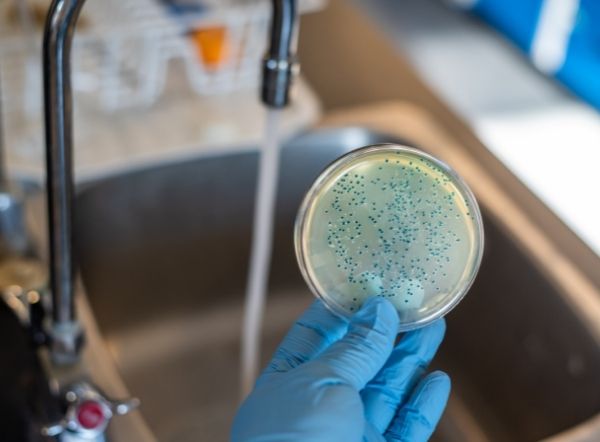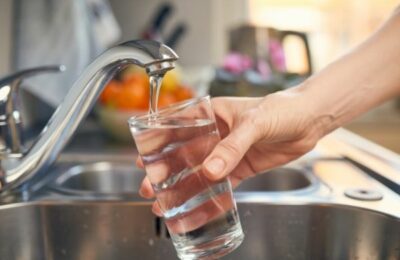Bacteria and other contaminants in your water can be harmful to you and your family’s health, your appliance’s efficiency, and your pipes.
If you suspect there are excessive amounts of chlorine, sediment, or other bacteria in your water, contact National Water Service today to help clean the water for better cooking, washing, drinking, and health.
Bacteria can enter a water supply through a number of ways including but not limited to:


Water containing bacteria may appear clear or clean – the only way to tell for sure is to have your water tested

Expore our different options for bacteria removal

Need to get rid of sediment? We have a few options to choose from!

REVERSE OSMOSIS is our recommendation for removing nitrates from your water

A carbon tank is the best way to handle chlorine removal from your water